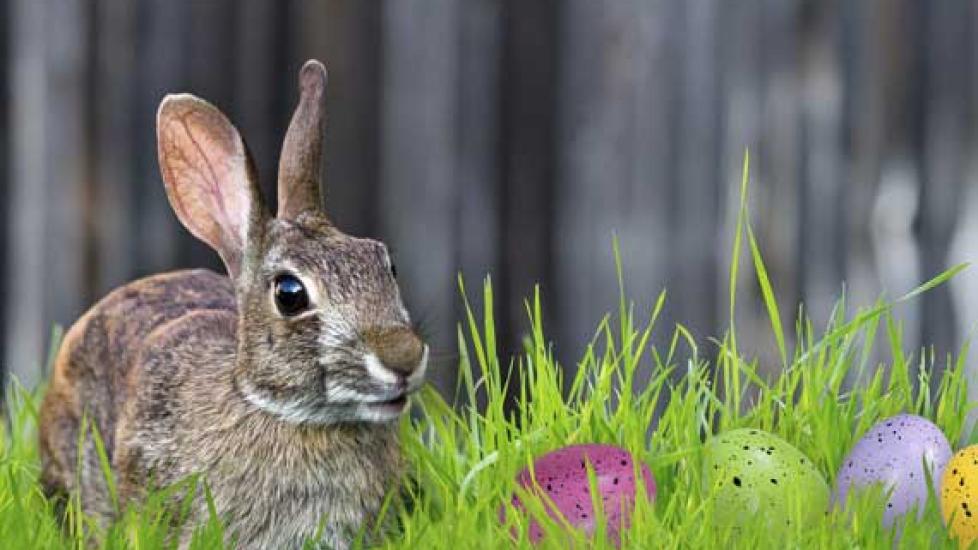Beware the Lure of the 'Easter Bunny'
By Vladimir Negron
Easter often evokes a sense of family tradition. These traditions may include such things as bonnets, brightly colored eggs, beribboned baskets, and chocolate bunnies. But what if your child asks you for a live bunny rabbit? Before you go out and buy an "Easter bunny," consider the responsibility of caring for a rabbit.
To eliminate the common misconceptions of rabbit care and behavior, petMD's Vladimir Negron spoke with Heather Dean, community outreach spokesperson for MakeMineChocolate.org, a campaign led by the Columbus House Rabbit Society (CHRS), a non-profit organization devoted to finding permanent, loving homes for abandoned rabbits and educating the public's understanding of rabbits as companion animals. Here's what she had to say:
- People think that rabbits live two or three years. The reality is that rabbits can live 10, 11, 12 years. So if your child is 10 [when you get the rabbit], the bunny will still be alive when they go off to college. And then the question becomes, "Who will take care of the bunny for that long?"
- Rabbits are not cuddly. Rabbits are prey animals, so they have a strong fight or flight instinct. This is why they get scared when you pick them up too quickly. Therefore, kids may inadvertently sprain a rabbit's leg or even break its spine if they try to pick it up forcefully. Rabbits certainly look cuddly, but they prefer petting over holding and handling.
- It's not OK to leave the rabbit in a confined space, like a cage, for long periods. They usually do well if given at least four hours of exercise a day. In fact, most of the rabbits that [the CHRS] has adopted out to families don’t even require a cage because they are litter box trained. If you properly bunny-proof your home -- cover the cords, protect the furniture -- they can be free roaming.
- If you opt to keep your rabbit in a cage, get one your bunny can spread out in. The space that [the CHRS] recommends is four by four feet. The key, however, is to provide it with plenty of exercise outside the cage and interaction with the family.
- Rabbits require routine checkups along with spaying or neutering. It helps prevent or eliminate some behavior problems that can creep up, like urine spraying and aggressiveness, most of which is caused by hormones. Typically, these behavior problems begin when the rabbit reaches sexual maturity, usually between three and six months.
- A domestic rabbit cannot be expected to fend for itself in the wild. You are basically giving the rabbit a death sentence if you set it free in your backyard or in a park.
Unfortunately, rabbits are the third most euthanized animal in U.S. animal shelters, right after dogs and cats. And in about three months animal shelters around the country will be bombarded by rabbits that people just don't want anymore.
"Easter may not be the best time to purchase a rabbit," says Dean. "Do your research before getting a rabbit, and really talk to your family and make sure it's clear who is taking care of the rabbit ... because rabbits are not an appropriate pets for kids and they are high maintenance."
And what if your child asks you for a chick or a duckling instead of a rabbit? Cute as they may be when they are babies, they will grow up. Chickens and ducks are even harder to find homes for than rabbits, and to meet the demand during Easter, hatcheries and farms often increase the normal output of chicks and ducklings, increasing the stress on the animals and making them more prone to disease. One such disease, Salmonellosis, causes diarrhea, fever, and stomach pain in humans, especially in the elderly and young children.
To many, springtime represents a renewal of life. Be certain that you are not sacrificing the life of an innocent creature for a little Easter joy this year.
Image: Thinkstock
